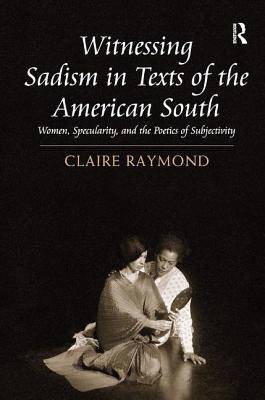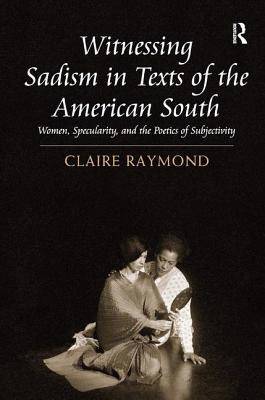
- Afhalen na 1 uur in een winkel met voorraad
- Gratis thuislevering in België vanaf € 30
- Ruim aanbod met 7 miljoen producten
- Afhalen na 1 uur in een winkel met voorraad
- Gratis thuislevering in België vanaf € 30
- Ruim aanbod met 7 miljoen producten
Zoeken
Witnessing Sadism in Texts of the American South
Women, Specularity, and the Poetics of Subjectivity
Claire Raymond
Hardcover | Engels
€ 305,45
+ 610 punten
Omschrijving
Looking at works by Carrie Mae Weems, Toni Morrison, Emily Dickinson, Flannery O'Connor, Dorothy Allison, Carson McCullers and Zora Neale Hurston, Raymond uncovers a pattern of femininity constructed around representations of sadistic violence in American women's literature and photography.
Specificaties
Betrokkenen
- Auteur(s):
- Uitgeverij:
Inhoud
- Aantal bladzijden:
- 232
- Taal:
- Engels
Eigenschappen
- Productcode (EAN):
- 9781409451051
- Verschijningsdatum:
- 1/05/2014
- Uitvoering:
- Hardcover
- Formaat:
- Genaaid
- Afmetingen:
- 156 mm x 234 mm
- Gewicht:
- 503 g

Alleen bij Standaard Boekhandel
+ 610 punten op je klantenkaart van Standaard Boekhandel
Beoordelingen
We publiceren alleen reviews die voldoen aan de voorwaarden voor reviews. Bekijk onze voorwaarden voor reviews.








